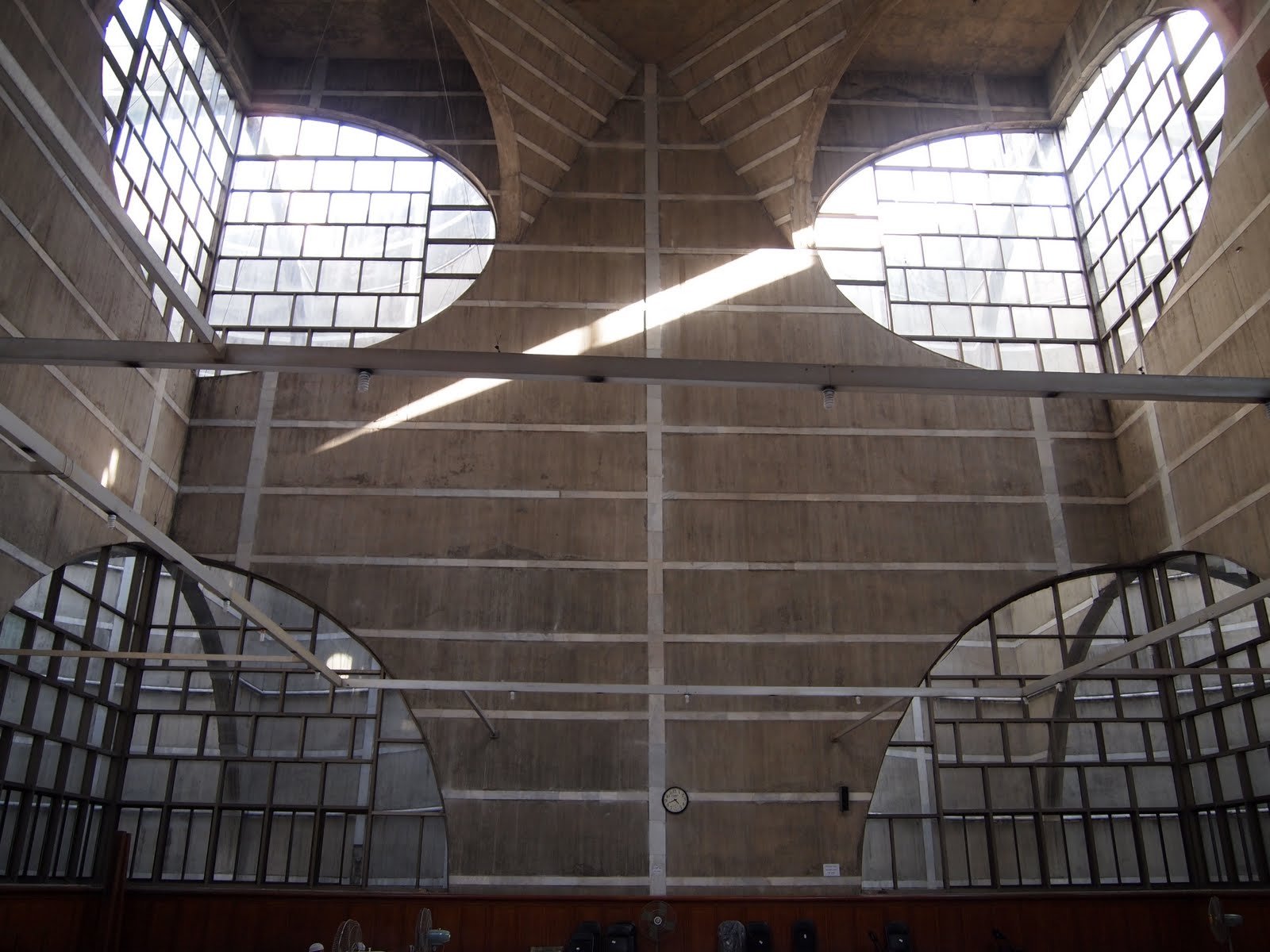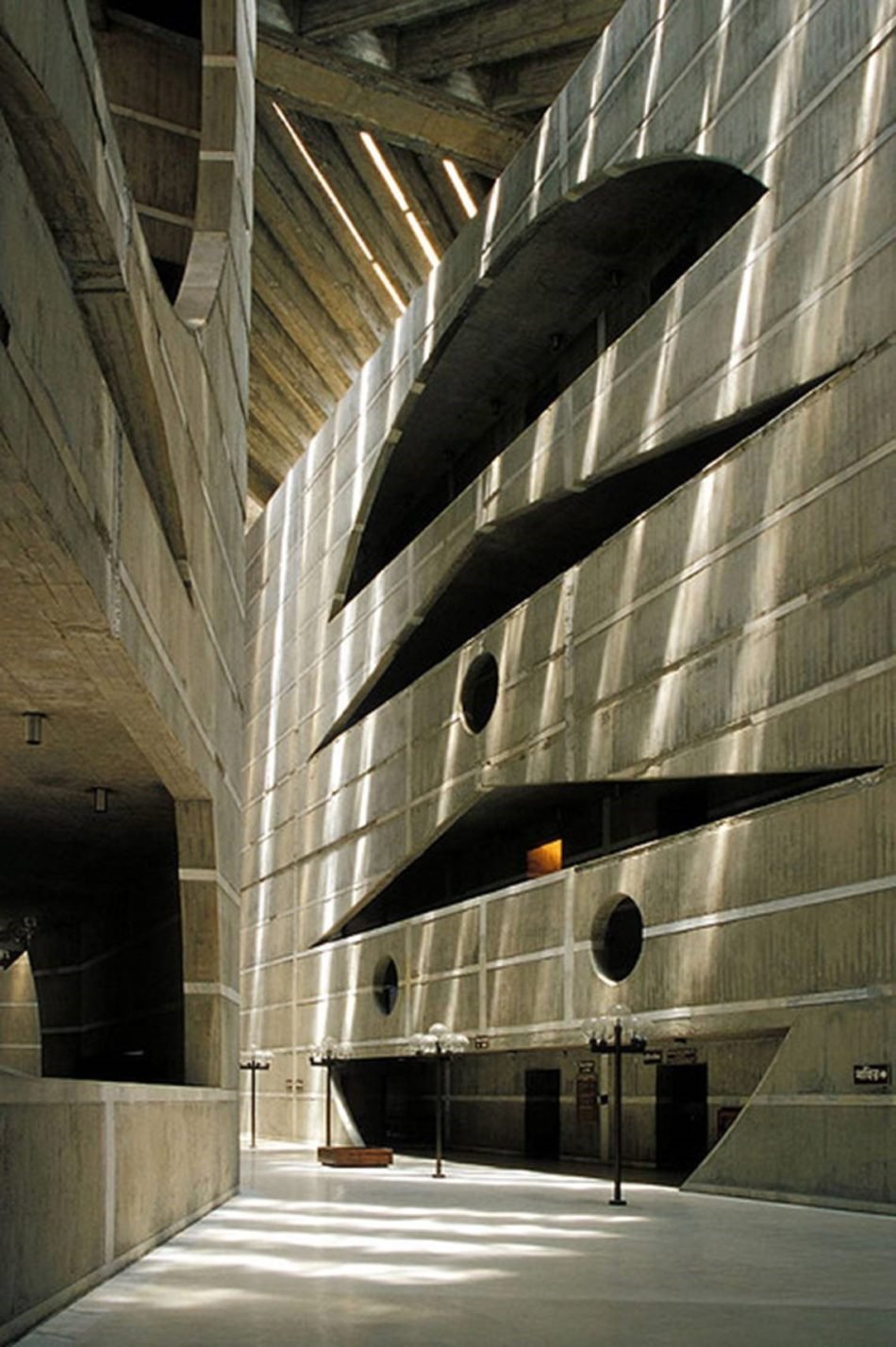ARTIST SPOTLIGHT:
Marina Tabassum
by Ross Karlan, Director of Art Muse LA in Miami, 1 March 2023.
Image Credit: Architect: Marina Tabassum (b. 1969, Dhaka, Bangladesh). Project Name: Khudi Bari, 2020. Location: Chars in the coastal areas of Bangladesh. Client: Climate victims and moving populations of Bangladesh. Land Area: 64 sq. ft., 100 sq. ft.; 144 sq. ft. (5.95 sq. m, 9.29 sq. m, 13.38 sq. m). direct link.
One artist selected to participate in Desert X 2023 doesn’t quite seem to fit with the others at first glance. Marina Tabassum (b. 1969, Dhaka, Bangladesh) is not a contemporary artist in the stereotypical sense. Instead, Tabassum is a highly accomplished architect in Bangladesh, and her forward-thinking approach to building in the natural world has given her international acclaim.
Desert X commissioned a film about Tabassum’s work to be shown at the fair. Specifically, the fair focuses on Tabassum’s Khudi Bari, or “tiny house,” a model of a transportable, stilted dwelling that can accommodate the rapidly changing landscape of the river basins of the Bengal Delta. Given the fair’s theme of water, including the movement, presence, absence, and effects of water, Tabassum’s model for a home in the harsh conditions of the delta wetlands seemed like a natural fit, even if out of place in the middle of the desert.
Image Credit: Architect: Marina Tabassum (b. 1969, Dhaka, Bangladesh). Project Name: Khudi Bari, 2020. Location: Chars in the coastal areas of Bangladesh. Client: Climate victims and moving populations of Bangladesh. Land Area: 64 sq. ft., 100 sq. ft.; 144 sq. ft. (5.95 sq. m, 9.29 sq. m, 13.38 sq. m). direct link.
Tabassum’s contribution to the fair offers a broader conversation about the architect’s success and the place of Bangladesh on the international architectural stage. Certain cities like Chicago, Brasília, Barcelona, or London stand out as pinnacles of 20th-century architecture, and Dhaka, Bangladesh, the nation’s capital, likely does not immediately come to mind. Nevertheless, Dhaka has deep roots in the modern architecture of the 20th century, namely through the work of the Estonian-born, Philadelphia-based American architect Louis Kahn (b. 1901–d. 1974, Saaremaa, Estonia).
Image Credit: Architect: Louis Kahn (b. 1901–d. 1974, Saaremaa, Estonia). Project Name: The National Assembly Building, 1962—1982. Location: Dhaka, Bangladesh. Photograph by Arne Maasik, 2017. direct link.
The National Assembly Building in Dhaka, Bangladesh, was perhaps one of Kahn’s most important achievements and the final work of his career when he died in 1974. Part of a larger complex of government buildings, the National Assembly is a massive poured concrete structure built between 1962 and 1982 that houses the parliament halls of the Bangladeshi government. Typical of Kahn’s style, the building is known for its use of geometry, both in terms of the forms of the structures that make up the Assembly and also in terms of the cutouts in the walls. These enormous geometric shapes allow light to enter at varying angles throughout the day, resulting in a stunning visual contrast between light and shadow and positive and negative space.
Image Credit: Architect: Louis Kahn (b. 1901–d. 1974, Saaremaa, Estonia). Project Name: The National Assembly Building, 1962—1982. Location: Dhaka, Bangladesh. direct link.
Image Credit: Architect: Louis Kahn (b. 1901–d. 1974, Saaremaa, Estonia). Project Name: The National Assembly Building, 1962—1982. Location: Dhaka, Bangladesh. direct link.
Image Credit: Architect: Louis Kahn (b. 1901–d. 1974, Saaremaa, Estonia). Project Name: The National Assembly Building, 1962—1982. Location: Dhaka, Bangladesh. Photograph by Arne Maasik, 2017. direct link.
Image Credit: Architect: Marina Tabassum (b. 1969, Dhaka, Bangladesh). Project Name: Bait Ur Rouf Jame Mosque, 2012. Location: Faidabad, Dhaka, Bangladesh. Client: Mrs. Sufia Khatun. Land Area: 8,110 sq. ft. (753.44 sq. m). direct link.
Louis Kahn’s legacy appears in much of Tabassum’s work which she observed and admired as a child. Her Bait Ur Rouf Jame Mosque, completed in 2012 and won her the Aga Khan Award for Architecture in 2016, and her earlier Museum of Independence, Dhaka, built between 1998 to 2006, with architect Kashef Mahboob Chowdhury (b. 1970, Dhaka, Bangladesh), both show this influence.
Image Credit: Architect: Marina Tabassum (b. 1969, Dhaka, Bangladesh). Project Name: Bait Ur Rouf Jame Mosque, 2012. Location: Faidabad, Dhaka, Bangladesh. Client: Mrs. Sufia Khatun. Land Area: 8,110 sq. ft. (753.44 sq. m). direct link.
Tabassum’s structures, like Kahn’s, play with light and shapes through the use of poured concrete or brick, giving those that walk through the space a similar sensation of illumination and space as the National Assembly Building. It is a style that gives a larger-than-life monumentality to the building and blurs the lines between light, airy and spacious architecture, and brutal, powerful, and heavy materials.
Image Credit: Architect: Marina Tabassum (b. 1969, Dhaka, Bangladesh) and Kashef Mahboob Chowdhury (b. 1970, Dhaka, Bangladesh). Project Name: Museum of Independence. Stage: Design Period, 1997; Construction Period, 1998–2006. Location: Suhrawardy Udyan, Dhaka, Bangladesh. Client: Ministry of Public Works, Bangladesh. Land Area: 68 acres (27.52 hectares). direct link.
Image Credit: Architect: Marina Tabassum (b. 1969, Dhaka, Bangladesh) and Kashef Mahboob Chowdhury (b. 1970, Dhaka, Bangladesh). Project Name: Museum of Independence. Stage: Design Period, 1997; Construction Period, 1998–2006. Location: Suhrawardy Udyan, Dhaka, Bangladesh. Client: Ministry of Public Works, Bangladesh. Land Area: 68 acres (27.52 hectares). direct link.
Tabassum had proven she could work at the top levels of design and pull from a foundation in Bangladesh’s modern architectural identity. Yet to use her skills to help in a more humanitarian way, the Khudi Bari offers homes to those that need them and are often found in challenging environmental circumstances, a break from her previous work. These homes reference local vernacular and are not massive concrete monuments. Instead, they are utilitarian and efficient homes that are adaptable to the elements and, as such, have received a lot of attention for what they offer coastal Bangladeshi communities.
At Desert X, you will have a chance to learn about this incredible project and how Tabassum is taking her experience as an architect and designer to change the world around her.
Art Muse LA offers customized private tours of Desert X. We can either meet you in Coachella Valley or greater Los Angeles. Either way, once you arrive at the exhibition, we will have a car service waiting so we can share our passion and deep knowledge of the art and artists, and you can sit back and relax. Prefer to meet a group of like-minded people? We also have a small-group trip planned from April 26–28; a virtual preview of the trip is on Thursday, March 16, 6–6:30 p.m. PDT.










